Home>Renovation & DIY>Home Renovation Guides>When Did Irs Start Asking For Refinance With Cash Out For Home Improvements?


Home Renovation Guides
When Did Irs Start Asking For Refinance With Cash Out For Home Improvements?
Modified: February 25, 2024
Learn about the IRS requirements for refinancing with cash out for home improvements. Get expert home renovation guides and tips to navigate the process smoothly.
(Many of the links in this article redirect to a specific reviewed product. Your purchase of these products through affiliate links helps to generate commission for Storables.com, at no extra cost. Learn more)
Introduction
Welcome to the world of home renovation and tax regulations. As a homeowner, you may have considered refinancing your mortgage to access cash for home improvements. However, you might be wondering when the IRS started requiring documentation for such refinances. Understanding the history and changes in IRS regulations regarding refinance with cash out for home improvements is crucial for homeowners and lenders alike.
In this comprehensive guide, we will delve into the evolution of IRS requirements for refinancing with cash out for home improvements, the impact of regulatory changes, and what it means for you as a homeowner or lender. Let’s explore the timeline of these regulations and how they have influenced the landscape of home renovation financing.
Key Takeaways:
- IRS regulations for refinancing with cash out for home improvements have evolved over time, requiring homeowners to provide detailed documentation and understand the tax implications, promoting transparency and informed decision-making.
- These regulations impact both homeowners and lenders, emphasizing the need for clear communication, compliance, and financial literacy in accessing funds for home renovations through cash-out refinances.
Read more: How To Refinance For Home Improvements?
History of IRS Refinance with Cash Out for Home Improvements
The history of IRS regulations concerning refinancing with cash out for home improvements dates back to the early 20th century. Initially, homeowners could refinance their mortgages and use the cash for home renovations without stringent documentation requirements. This allowed individuals to leverage the equity in their homes to fund improvement projects, fostering a culture of property enhancement and neighborhood revitalization.
Throughout the mid-20th century, the IRS maintained relatively lenient guidelines for homeowners seeking to access cash through refinancing for home improvements. This approach reflected the government’s support for homeownership and the economic stimulation derived from property enhancement activities.
However, as the housing market evolved and financial practices became more complex, the IRS began to reassess the regulations surrounding cash-out refinances for home improvements. The increasing prevalence of mortgage refinancing and the potential tax implications prompted the IRS to scrutinize the documentation and reporting requirements associated with these transactions.
As homeowners increasingly turned to refinancing as a means of accessing funds for home renovations, the IRS recognized the need to ensure accurate reporting and transparency in these financial activities. This shift in focus marked the beginning of a more structured and regulated approach to refinancing with cash out for home improvements.
Overall, the history of IRS regulations in this domain reflects the evolving dynamics of the housing market, financial practices, and government oversight. Understanding this historical context is essential for comprehending the current landscape of IRS requirements for refinancing with cash out for home improvements.
Changes in IRS Regulations
Over the years, the IRS has implemented significant changes in regulations governing refinancing with cash out for home improvements. These changes have been driven by a variety of factors, including the need to combat tax evasion, ensure accurate reporting, and adapt to the evolving landscape of mortgage and home improvement financing.
One notable change in IRS regulations pertains to the documentation required for cash-out refinances used for home improvements. Previously, homeowners could access funds through refinancing with minimal documentation of the specific use of the cash. However, in response to concerns about potential misuse of funds and inaccurate reporting, the IRS introduced more stringent documentation requirements.
Under the revised regulations, homeowners seeking to refinance with cash out for home improvements are typically required to provide detailed documentation outlining the specific projects or renovations for which the funds will be used. This shift aims to enhance transparency and accountability, ensuring that the cash obtained through refinancing is utilized for legitimate home improvement purposes.
Additionally, the IRS has focused on clarifying the tax implications associated with cash-out refinances for home improvements. As part of these efforts, the IRS has provided guidance on the deductibility of interest paid on such refinances and the treatment of related expenses for tax purposes. These clarifications aim to offer homeowners and lenders a clear understanding of the tax considerations involved in refinancing for home improvements.
Furthermore, changes in IRS regulations have emphasized the importance of accurate reporting by lenders and financial institutions facilitating cash-out refinances for home improvements. Enhanced reporting requirements and compliance measures seek to prevent potential tax discrepancies and ensure that these transactions are appropriately documented and reported to the IRS.
Overall, the changes in IRS regulations regarding refinancing with cash out for home improvements reflect a concerted effort to promote transparency, combat tax evasion, and adapt to the evolving landscape of home renovation financing. These regulatory changes have significant implications for homeowners, lenders, and the broader housing market.
The IRS started asking for refinance with cash out for home improvements in 2018. Make sure to keep records of the improvements for tax purposes.
Impact on Homeowners and Lenders
The evolving IRS regulations surrounding refinancing with cash out for home improvements have a profound impact on both homeowners and lenders, shaping the dynamics of home renovation financing and tax compliance.
For homeowners, the impact of these regulations is multifaceted. The increased documentation requirements for cash-out refinances used for home improvements necessitate a more detailed and transparent approach to accessing funds for renovation projects. Homeowners are now required to articulate the specific improvements or renovations for which the cash will be utilized, providing a clearer and more accountable framework for utilizing these funds.
Furthermore, the clarification of tax implications and deductibility of interest on cash-out refinances for home improvements offers homeowners greater clarity and transparency regarding the financial aspects of these transactions. This empowers homeowners to make informed decisions about leveraging their home equity for renovation purposes while understanding the associated tax considerations.
Conversely, lenders are also significantly impacted by the changes in IRS regulations. The heightened documentation and reporting requirements necessitate a more robust and comprehensive approach to facilitating cash-out refinances for home improvements. Lenders must ensure that the refinancing process adheres to the updated regulatory standards, requiring enhanced due diligence and documentation management.
Moreover, lenders must provide clear and accurate guidance to homeowners regarding the tax implications and reporting requirements associated with cash-out refinances for home improvements. This entails a heightened emphasis on financial literacy and transparency in communicating the intricacies of these transactions to homeowners seeking to access funds for renovation projects.
Overall, the impact of IRS regulations on homeowners and lenders underscores the importance of transparency, accountability, and compliance in the realm of refinancing with cash out for home improvements. These regulations have reshaped the landscape of home renovation financing, emphasizing the need for clear documentation, accurate reporting, and informed decision-making by all stakeholders involved.
Conclusion
The evolution of IRS regulations governing refinancing with cash out for home improvements reflects a dynamic interplay between the housing market, financial practices, and government oversight. From the relatively lenient guidelines of the mid-20th century to the more stringent documentation and reporting requirements of today, these regulations have significantly impacted homeowners and lenders alike.
For homeowners, the changes in IRS regulations have necessitated a more transparent and accountable approach to accessing funds for home renovations through cash-out refinances. The heightened documentation requirements and clarified tax implications offer homeowners greater clarity and understanding when leveraging their home equity for improvement projects.
Similarly, lenders have been compelled to adapt to the updated regulatory landscape, implementing more comprehensive due diligence and documentation management processes. The emphasis on accurate reporting and transparent communication with homeowners underscores the importance of compliance and financial literacy in facilitating cash-out refinances for home improvements.
As the IRS continues to refine and enforce regulations in this domain, it is essential for homeowners and lenders to stay informed about the evolving requirements and implications of refinancing with cash out for home improvements. This knowledge empowers stakeholders to navigate the financing landscape effectively, ensuring compliance with regulatory standards and informed decision-making.
In conclusion, the history and changes in IRS regulations surrounding refinancing with cash out for home improvements underscore the significance of transparency, accountability, and compliance in the realm of home renovation financing. By understanding the impact of these regulations and embracing the need for clear documentation and accurate reporting, homeowners and lenders can navigate the landscape of home improvement financing with confidence and diligence.
Frequently Asked Questions about When Did Irs Start Asking For Refinance With Cash Out For Home Improvements?
Was this page helpful?
At Storables.com, we guarantee accurate and reliable information. Our content, validated by Expert Board Contributors, is crafted following stringent Editorial Policies. We're committed to providing you with well-researched, expert-backed insights for all your informational needs.

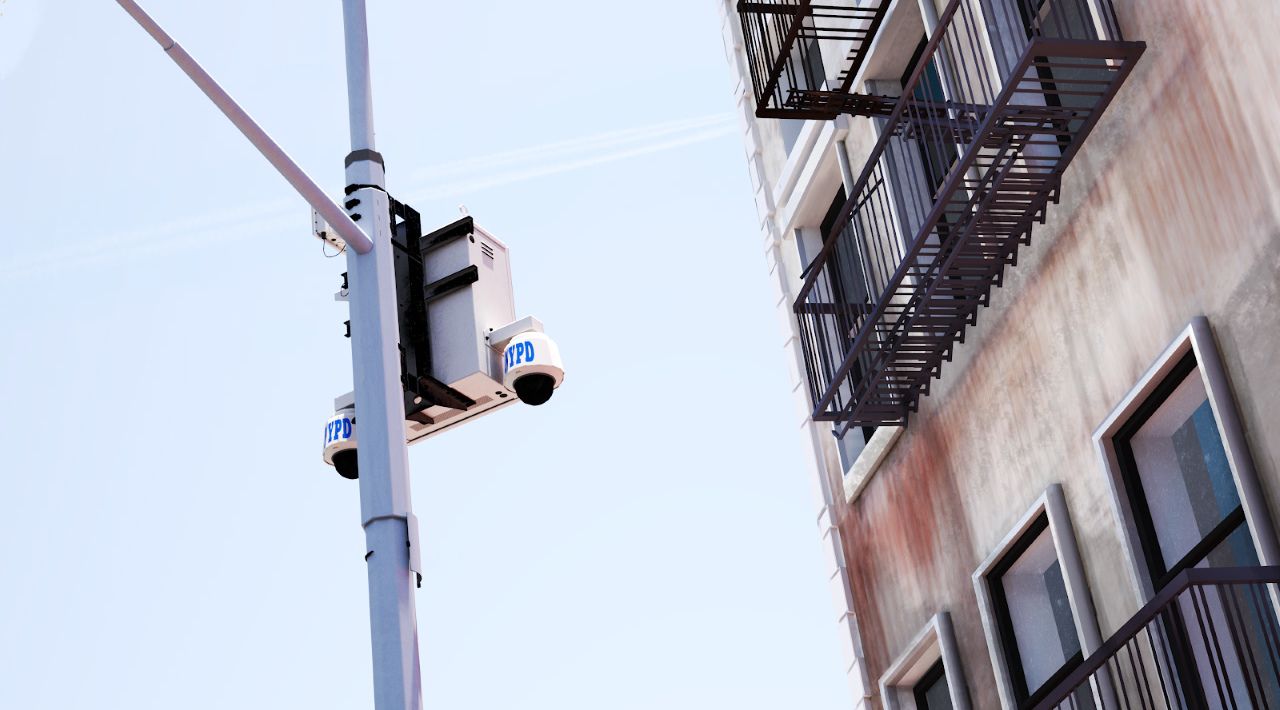



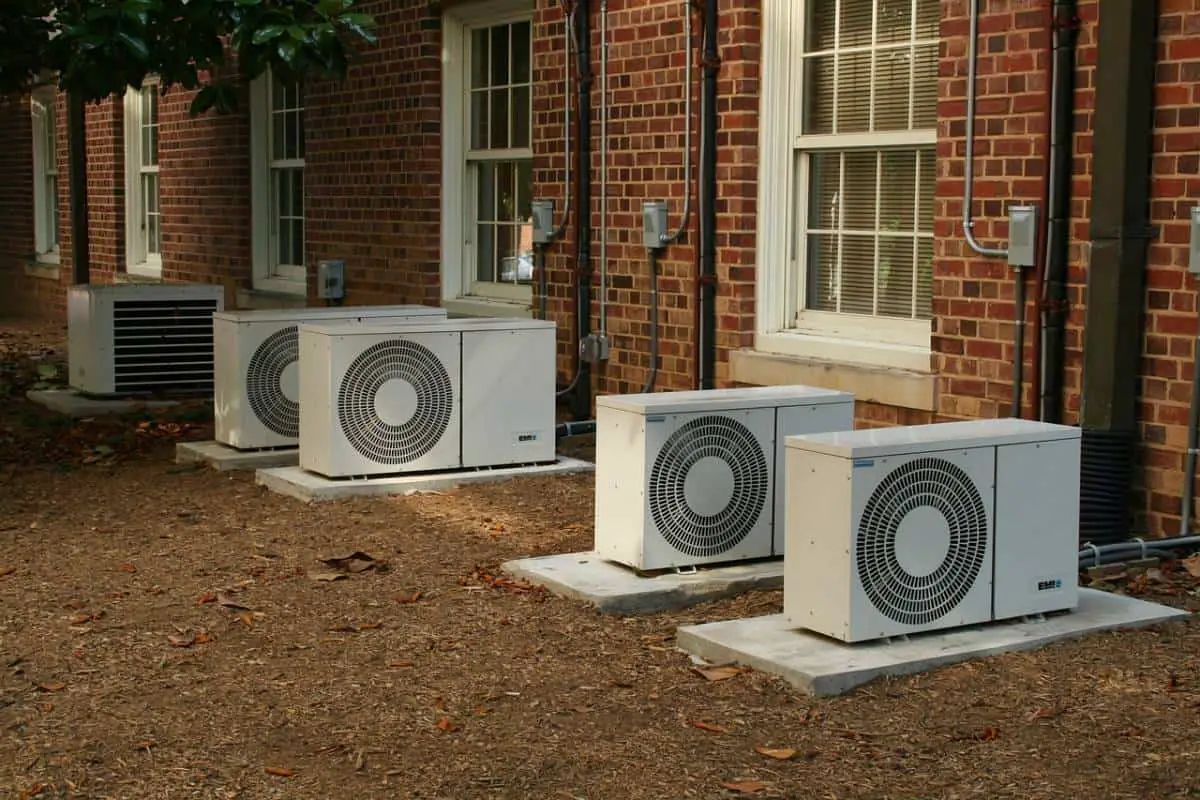
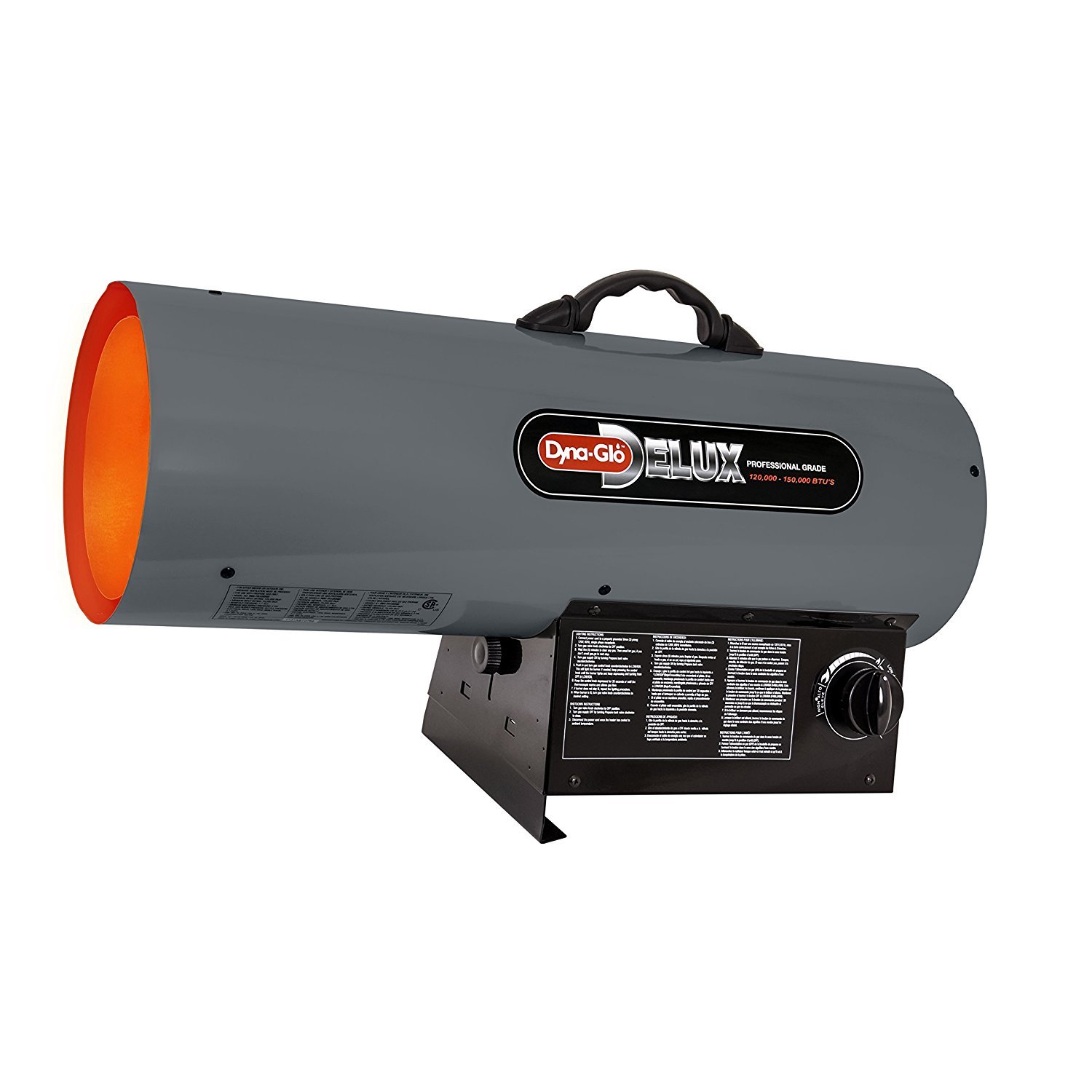


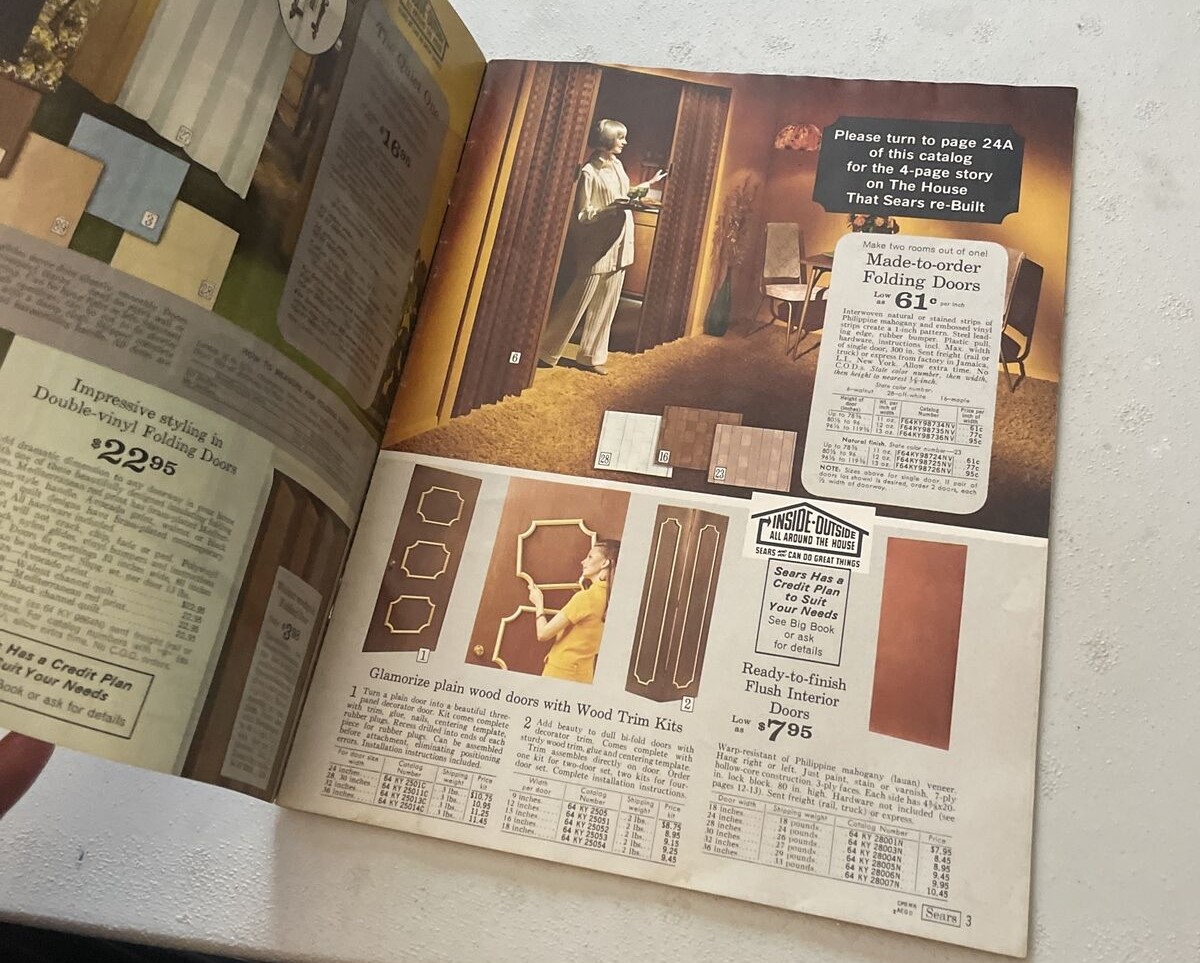
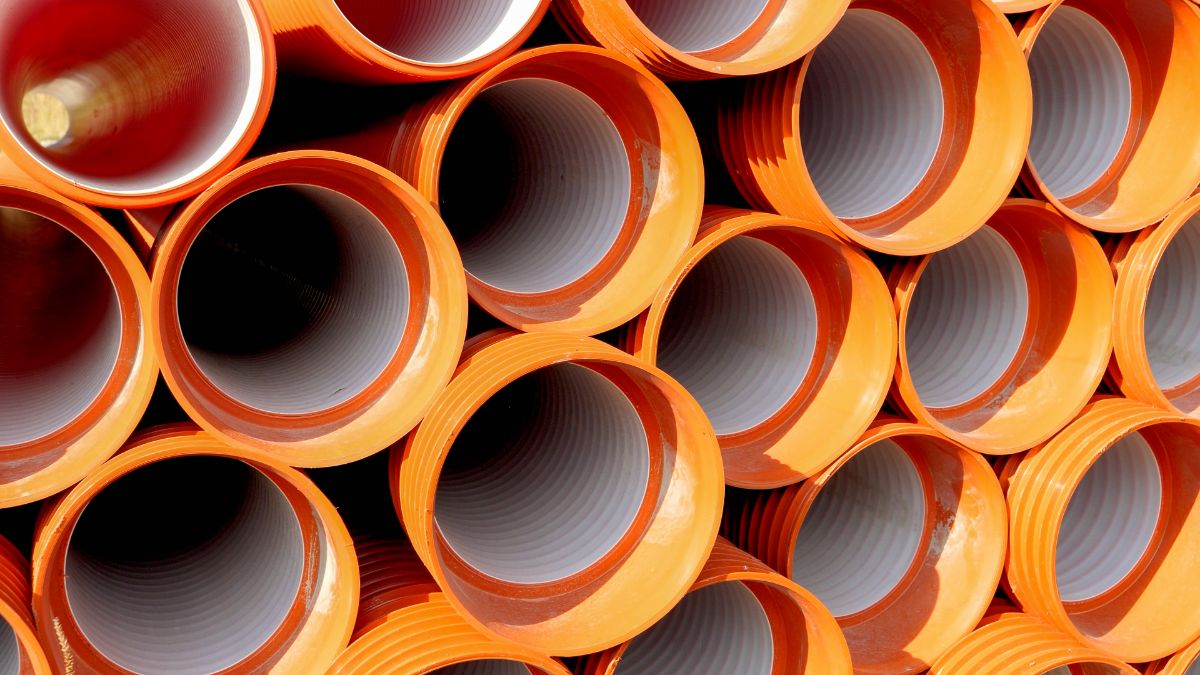





0 thoughts on “When Did Irs Start Asking For Refinance With Cash Out For Home Improvements?”